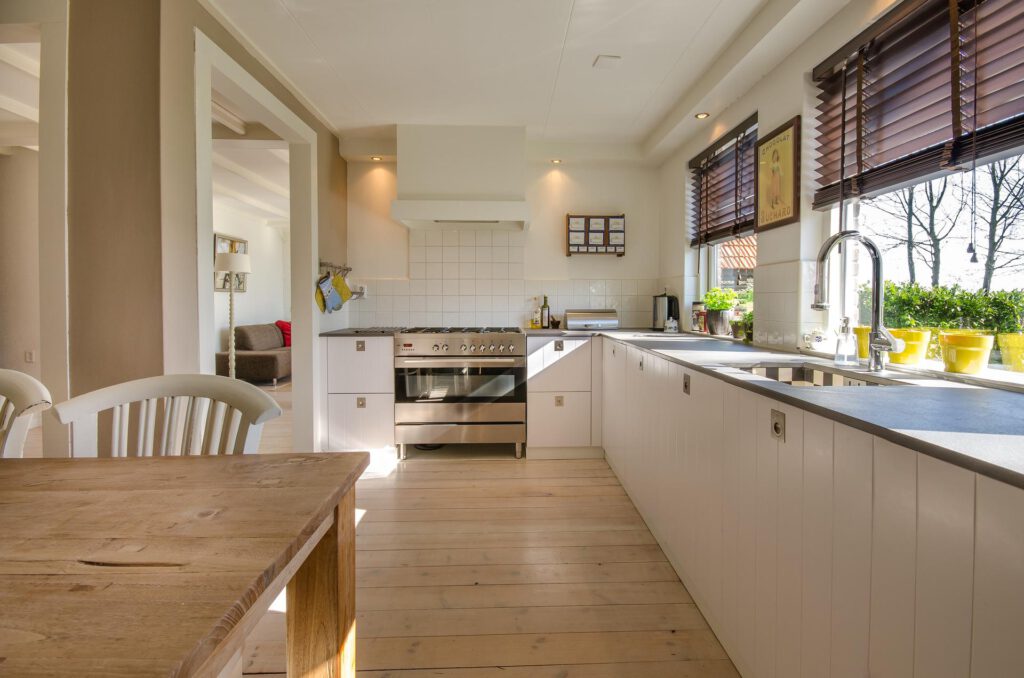Summary
A certain polymer-based niche kitchen component has been struggling for years to exist in the market. Competitors are bringing substitutions on the market with a better design. Continue to stay in this Red Ocean is not profitable anymore. To retreat completely from this market niche or to struggle further, is there an alternative way?

The Solution
An adapted Blue Ocean strategy was applied. The project had three phases:
Phase I: Interview sales person or customers about their opinions to this niche kitchen component in comparison to the offer of the competitors . Feature aspects such as: color, form, adaptability, design attributes, user-friendliness in handling etc. Give notes 1 (bad) to 5 (excellent) from the end-users’ point of view. Put these attributes and notes into a graphic.
Phase II: With the above mentioned graphic the project sponsor is able to gain an intuitive overview of the product features, which one is comparably good to a competitors’ products, which one is over engineering but not perceivable by the end-users, these features should be brought to the average level or even eliminated from the product; which feature is valuable in the eyes’ or the end-user and should be retained, increased or further developed.
Phase III: The results should be presented and elaborated in the joint workshop in order to develop a new product strategy with the hope of generating a new blue ocean for this niche kitchen component.
My job
I was responsible for the complete project design, conduction of interviews and analysis of the results. At the end it is the decision of the project sponsor, how to use result and start the project.
This method is an adapted application of Blue Ocean Strategy®, Benchmarking and Design Thinking (user research and integration).